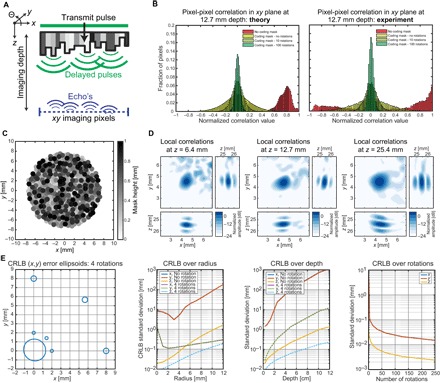Fig. 5. Random delays in the coding mask generate signal variability for unique pixel reconstruction.

(A) Schematic drawing of the approximated ultrasound field in a plane inside the medium parallel to the sensor surface. For every pixel in this plane, we want the echo signals to be as uncorrelated/orthogonal as possible. (B) The histograms show the cross-correlation values of a large set of pixels in the plane, obtained using an approximate simulation model. When the plastic delay mask is rotated, the cross-correlation values distribute closer to zero, which suggests better image reconstruction. (C) Mask layout where the gray values indicate the thickness variations, causing local delays of the ultrasound field. (D) Local correlations for a pixel at a fixed (x, y) position at several depths using 72 mask rotations. (E) CRLB analysis. The leftmost panel shows the level curves for one SD of position estimation error for a depth z of 12.7 mm. The center graphs show the SD in x, y, and z over radius (distance to the center of rotation) at depth 12.7 mm, and over depth for a pixel at a distance of 3 mm from the center. The rightmost graph shows how the CRLB changes as more measurements are added by rotation for a pixel at a distance of 3 mm from the center and at a depth of 12.7 mm.
